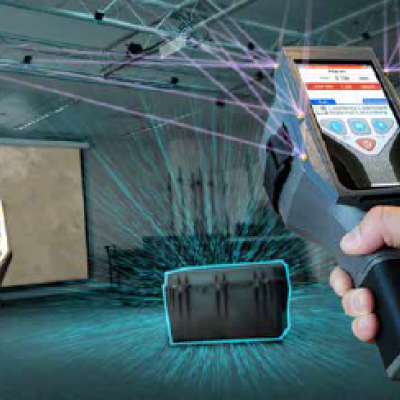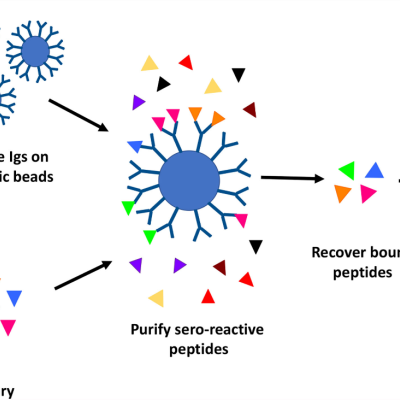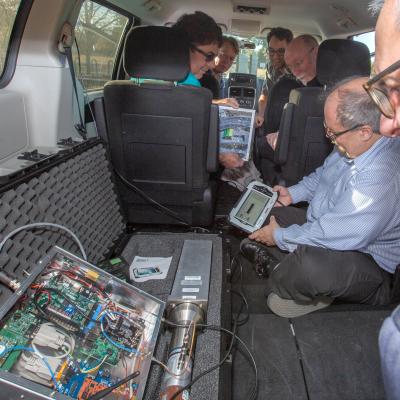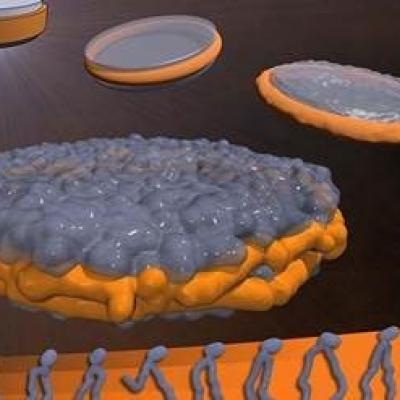This invention solves a limitation in the current practice of adding hydroxyl functional groups to the aminopolymer through the use of an alternative synthetic approach. The novelty of our approach is to produce new structurally modified relatives of common aminopolymers (PEI and PPI) as well as new functionalized materials in which the hydroxyl groups are tethered to a carbon in the backbone…
Keywords
- Show all (117)
- Instrumentation (38)
- Sensors (15)
- Diagnostics (13)
- Electric Grid (8)
- Carbon Utilization (6)
- Therapeutics (5)
- Ground Penetrating Radar (4)
- Materials for Energy Products (4)
- Brain Computer Interface (BCI) (3)
- Defense Technologies (3)
- 3D Printing (2)
- Additive Manufacturing (2)
- Power Electronics (2)
- Spectrometers (2)
- Synthesis and Processing (2)
- Geologic Storage (1)
- Inertial Fusion Energy (IFE) (1)
- (-) Direct Air Capture (2)
- (-) National Security Forensics (2)
- (-) Vaccines (2)

To address the need for realistic and high-fidelity first responder training, a multidisciplinary team at LLNL has worked to establish the new gold standard simulator called TARANTULA (Tactical Augmented Reality Applications for Nuclear Emergency Support Team (NEST) Training using Livermore Analytics). TARANTULA is a scientifically accurate, fully functional, field-deployable simulator that…

This invention describes a multiple nozzle microfluidic unit that allows simultaneous generation streams of multiple layered coaxial liquid jets. Liquids are pumped into the device at a combined flow rate from 100 mL/hr to 10 L/hr. Droplets are created with diameters in the range of 1 µm to 5 mm and can be created with 1-2 shell layers encapsulating fluid. Droplets created from the system can…

LLNL’s high throughput method involves proteome-wide screening for linear B-cell epitopes using native proteomes isolated from a pathogen of interest and convalescent sera from immunized animals. LLNL researchers have applied their newly developed generalizable screening method to the identification of pathogenic bacteria by screening linear B-cell epitopes in the proteome of Francisella…

There are three main components to the RaFTS system: 1) the radiation detector, which can be of any type and from any manufacturer; 2) the RaFTS electronics, which produce the electronic pulses that are injected into the electronics of the radiation detector through a (to be) standardized port interface; and 3) the exercise scenario, which defines the synthetic radiation field and time-varying…

LLNL has developed a novel process of production, isolation, characterization, and functional re-constitution of membrane-associated proteins in a single step. In addition, LLNL has developed a colorimetric assay that indicates production, correct folding, and incorporation of bR into soluble nanolipoprotein particles (NLPs).
LLNL has developed an approach, for formation of NLP/…

